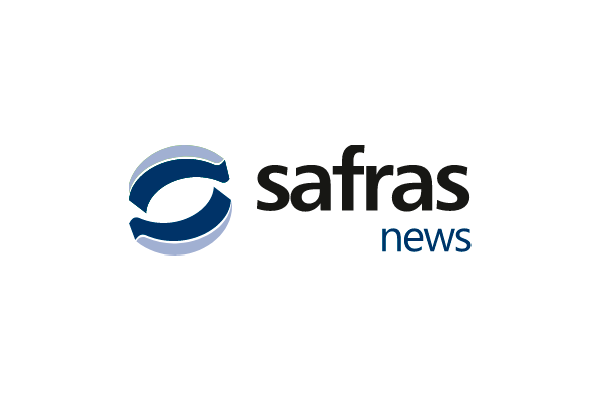Porto Alegre, July 10th, 2024 – A second crop exceeding 80 mln tons will again require Brazil to make an export effort if it does not wish to go beyond 2024 with high stocks and conflicting logistics with the arrival of the next soybean’s summer crop. For exports to advance, domestic prices need to adjust to the basic mathematics of export parity. Mato Grosso and Goiás have already adjusted to this environment. The other states still resist this framework, perhaps even due to the regional harvest condition and production losses with the second crop. Exports begin to advance in July and point out that, from now on, the frequency of weekly shipments will be important for the formation of domestic prices. For now, even with the strong devaluation of the real, the decline in external prices and premiums have placed port prices once again below BRL 60/bag.
The dry and hot fall weather allowed additional anticipation for the maturation of second-crop crops, and harvests are advancing quickly. Owing to low prices, producers are letting corn lose moisture in the fields to avoid drying costs, a situation that is allowing many trades directly with growers at this time. Mato Grosso and Goiás are already more advanced in the harvest and, possibly, the work should be completed by early August. In the other states, the harvest has also advanced in July, but they may be still reaping in August, such as the Southeast Region and Paraná. There will hardly be harvests in September this year, given the planting and weather conditions.
With earlier and faster harvests, warehouses begin to fill up. Open-air storage evolves, and consumers also absorb their necessary volumes for the short and medium term. So, there is no supply panic and purchasing difficulties that could arise from greater competition with exporters. Open-air storage, we can say, is already a normal routine in parts of the Midwest and Matopiba. This year, with exports a little slower at the beginning and more demand for lots with shipments starting in August, it is natural that the earlier harvest generates a delay in the loading flow, and greater accumulation occurs in warehouses until this flow of shipments increase. This means that the producers who need to sell immediately end up having to accept harvest prices.
Therefore, this stage of internal commercialization depends heavily on flow and exports, and their competition with the domestic market are the ones offering this flow of larger volumes. The internal market, in turn, ends up aligning prices with trading companies during this harvest period, considering that there is no reason for prices to be above the competition. Prices are still above par in regions such as Paraná, Mato Grosso do Sul, São Paulo, and Minas Gerais. Harvests are a little slower, producers still do not know exactly the average production, and, perhaps, are waiting for highs in the middle of the harvest in the face of the soaring dollar.
Exports showed a strong increase for July shipments. Now, July accumulates a schedule of 3.5 mln tons, accumulating 5.9 mln tons for the year. Despite this advance, July is still below what was shipped in 2023, with 4.3 mln tons. So, the improvement in commitments is good but not great. As we have pointed out, exports will occur more quickly from August onward, with the flow of soybeans decreasing and global demand focusing more on Brazilian corn. The monthly average for this year’s target of 40 mln tons is 5 mln tons.
Despite the strong devaluation of the real, the domestic market was unable to advance prices at ports. In longer shipments, October/November, some deals occurred at BRL 64/65 in ports at the height of the exchange rate. However, the drop in prices on the CBOT and in premiums neutralized the dollar’s high. Now, prices at ports cannot exceed BRL 60, a fact that puts pressure on domestic market prices. There are still internal situations, however, such as the supply of the South region, due to production losses in Paraná, Paraguay, and Mato Grosso do Sul. In this case, the higher prices in these locations protect the internal supply, inhibiting a greater export flow. Strong exports from these states could generate a greater adjustment in regional supply.
It is now necessary to start evaluating the post-harvest situation. The first piece of data for this assessment is the harvest profile. As this will be completed earlier this year, the crop pressures will also end earlier, that is, it is not an extended second crop and will have harvests until September. The pressure on warehouses will only decrease in August. The second point is the pace of export shipments, which will need to be above 5 mln tons a month to create an internal environment of attention. Later, the early rhythm of planting the 24/25 summer crop, which begins in August in western Rio Grande do Sul, with a reduction in the area to be planted. Finally, additional variables such as sales restrictions by producers, final size of the US production, wheat on the international market, and exchange rates will be important.
Copyright 2024 – Grupo CMA

